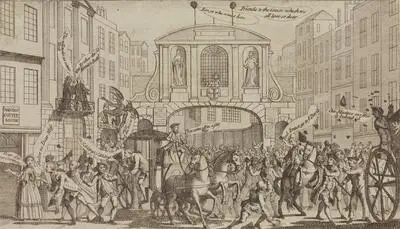LMA Book Group - 'A Tale of Two Cities' by Charles Dickens
February 2024 – 'A Tale of Two Cities' by Charles Dickens
"It was the best of times, it was the worst of times..."
At our February meeting we read 'A Tale of Two Cities' which was published in 1859, and has possibly the most famous introduction in English Literature, beginning “It was the best of times, it was the worst of times…”
The group found Dickens handled London and Paris very differently. Revolutionary Paris is described in sweeping panoramas and landmarks, while London at the same date is limited to domestic scenes in Soho – perhaps emphasising London’s peacefulness. This is a novel in which the crowd is a thing to marvel at and to fear, echoing footsteps in London suggesting that they are always there, a crowd that could become a mob at the slightest upset.
For readers used to the dense multi-layered plots of some of Dickens’ larger novels, this novel gives us a smaller cast of characters, and of these Charles and Lucie are mere types. More interesting are the Defargues, leading the revolutionary charge, and Sydney, Charles’s double and a man who ultimately sacrifices himself for the love of an unattainable woman. They are richly portrayed, and in the case of Sydney, his demise brings the novel to a thrilling and devastating close.

Readers enjoyed the humour in this novel, which Dickens uses as a foil against the political turmoil, and the sense of pace that develops as the novel’s events unravel. Dickens often portrays the poor and outcast in society and this novel is no exception, and readers commented on the way his sympathies change throughout the novel, as the downtrodden of Paris become the mob, and Dickens describes the dangers inherent when violence overtakes civic norms.
As part of the session, we explored images of the crowd in London from prints in the London Picture Archive, as well as material relating to anxieties about the situation in France from London’s authorities.
One such document from 1792, in which London’s justices are exhorted to punish those involved in revolutionary activity can be viewed in full on our catalogue.
Thank you to all who came.